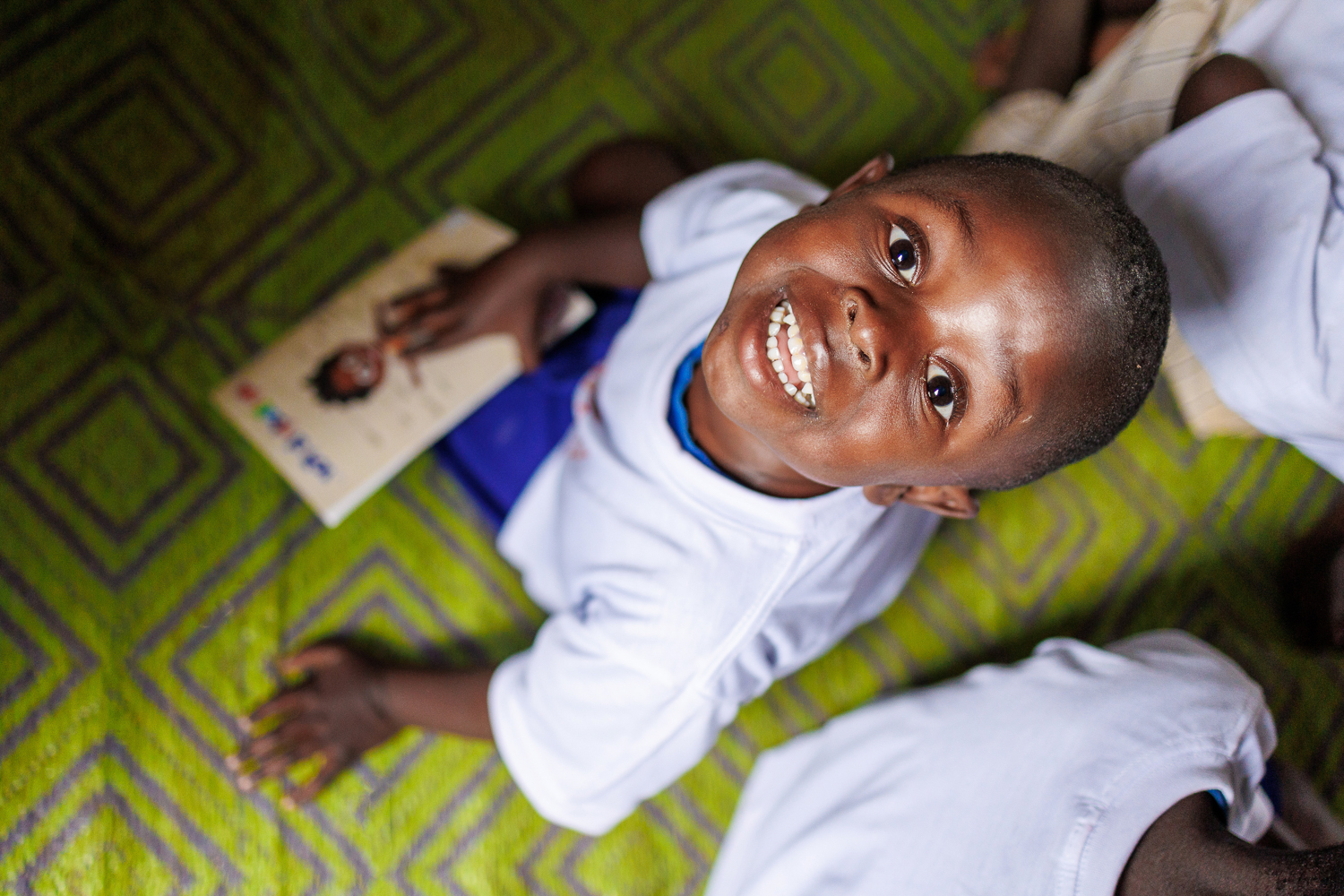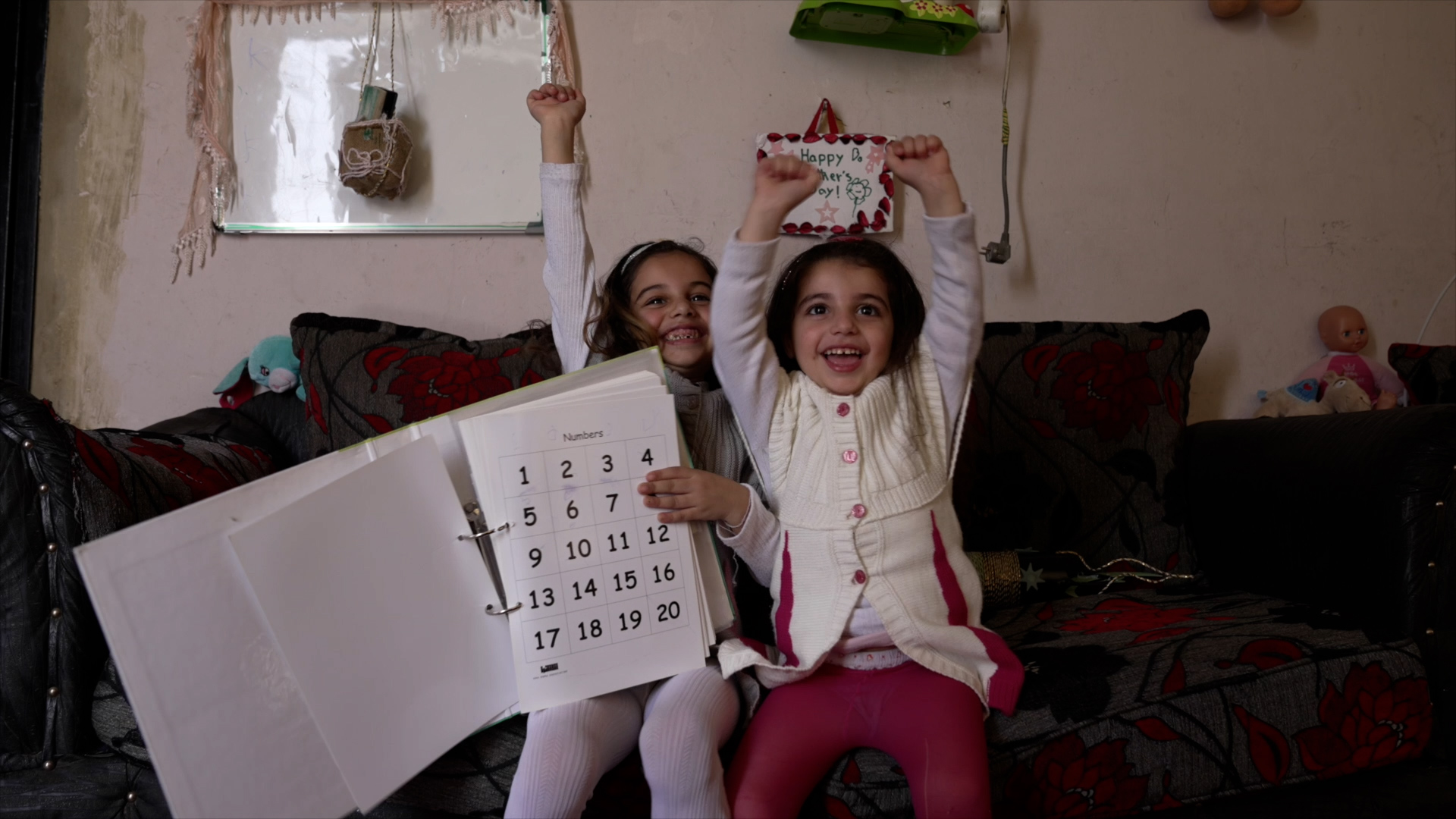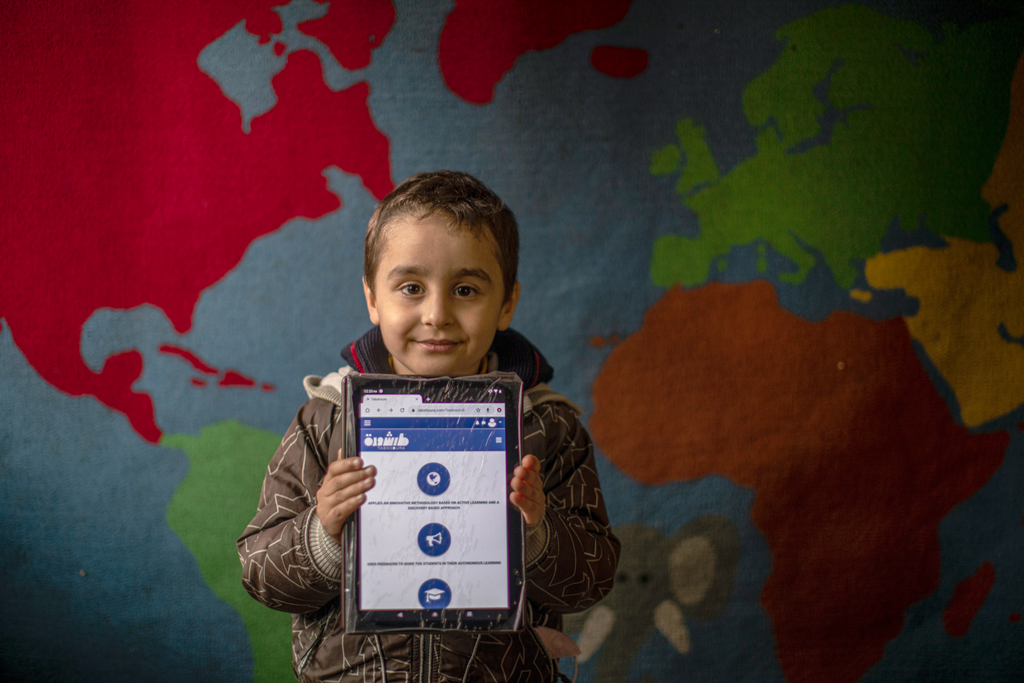
Children in danger of being left behind as too few countries offer free pre-primary education
Early childhood development
Only one in four nations provide two years of free pre-primary schooling - while just 19% make it compulsory, according to a new study
Young children who go to preschool are more likely to stay in education longer and succeed in life.
But fewer than one in five countries have two years of free, compulsory pre-primary education, according to new research.
A study at the University of California, Los Angeles (UCLA) looked at reviewed data from 2015 about pre-primary education policies from 166 countries.
Researchers found 45% of the countries provide at least one year of tuition-free pre-primary education. Just 27% of the countries offer two or more years. Only 19% make it compulsory for children to attend two years of free-primary.
“We know from previous research that early childhood education especially benefits children from low-income families,” said study co-author Alison Earle, a senior research analyst at the UCLA Fielding School of Public Health’s WORLD Policy Analysis Centre.
“We also know that one of the greatest barriers to enrolment in pre-primary education is the tuition. Making pre-primary education available at no cost is a critical element in efforts to reduce educational and economic inequalities.”
Theirworld has been campaigning for all countries to offer two years of free, quality pre-primary education.
Although it is now globally recognised that a child’s brain is 90% developed by the time they are five years old, not enough resources are being invested in early childhood development.
This means that if a young child does not receive the proper stimulation and nurturing before they are five, they will probably never catch up.
Theirworld revealed earlier this year that pre-primary education receives just 1% of all humanitarian aid going to children under five – putting millions of children at a disadvantage before they even start primary school.
Our report – Just Beginning: Addressing inequality in donor funding for early childhood development – showed education is the most underserved sector in emergencies and crises, falling behind health and nutrition.
The UCLA researchers also looked at whether making pre-primary education free is associated with higher enrolment rates. To do this, the team analysed data from the 124 countries for which pre-primary enrolment data were available.
They found that countries offering one year of tuition-free pre-primary education had an average of 16% higher pre-primary enrolment rates.

The availability of tuition-free pre-primary education varies by income level, according to the study. 62% of high-income countries make tuition-free pre-primary education available for at least one year – compared with 45% of middle-income countries and just 15% of low-income countries.
Availability also varies by region. In the Americas, 75% of countries make tuition-free pre-primary education available and 70% of European and Central Asian countries do.
In contrast, it is offered by only 25% of countries in the Middle East and North Africa, 19% in East Asia and the Pacific, 17% in South Asia and 14% in sub-Saharan Africa.
Researchers hope their data and analysis model will be used by policymakers to assess how much progress is being made in achieving the United Nations’ Sustainable Development Goal on education.
SDG 4 calls for countries to ensure that by 2030 “all girls and boys have access to quality early childhood development, care and pre-primary education so that they are ready for primary education”.
Theirworld’s work on early childhood development is supported by the Conrad N. Hilton Foundation.
More news

MyBestStart programme gives young girls the education they deserve
